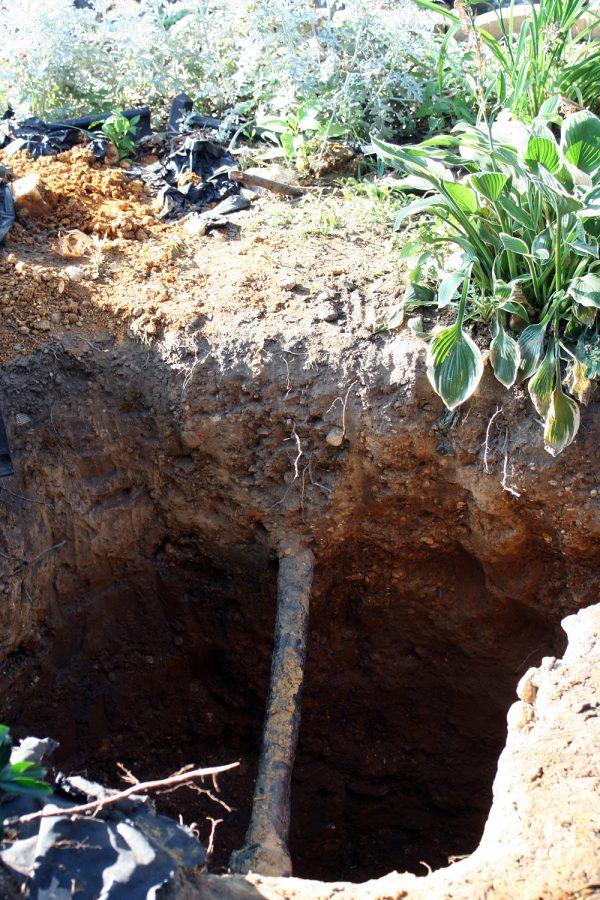There has been much talk regarding water issues in Flint, Michigan.
In Boston, there has been more talk regarding levels of lead in certain communities above the U.S. Environmental Protection Agency (EPA) standards.
Although rates of lead poisoning have dramatically gone down in past decades, it is an issue happening in areas such as Boston, Malden, Milton, Newton, and other surround areas.
It is not possible to completely get rid of lead. It’s everywhere, just in trace amounts. It’s especially prominent in paint.
Stephen Estes-Smargiassi, Director of Planning and Sustainability at Massachusetts Water Resources Authority (MWRA), has addressed the issue.
The MWRA is responsible for sending water to 51 cities and towns in Eastern Massachusetts, reaching about 2.2 million people and 5,500 industrial users.
The water is virtually lead-free when it leaves reservoirs on its way into communities serviced by MWRA.
The effects of lead poisoning include damage to the brain, kidneys, nervous system, and red blood cells. Infants and young children are especially vulnerable to lead poisoning; it can affect physical development and ability to learn.
MWRA offers a piece of advice to anyone who may be affected by lead poisoning: when turning on the facet, allow it to run cold for a few seconds before using or drinking the water.
The Authority also reported that only five percent of their pipes are made of actual lead.
“We need water systems to do an inventory of lead service lines and come up with a comprehensive plan for how to get lead service lines out of their systems,” said Lynn Thorp.
Thorp, the National Campaigns Director at Clean Water Action, also said that water utilities have not made replacement a priority due to lack of restrictive regulations.





















































